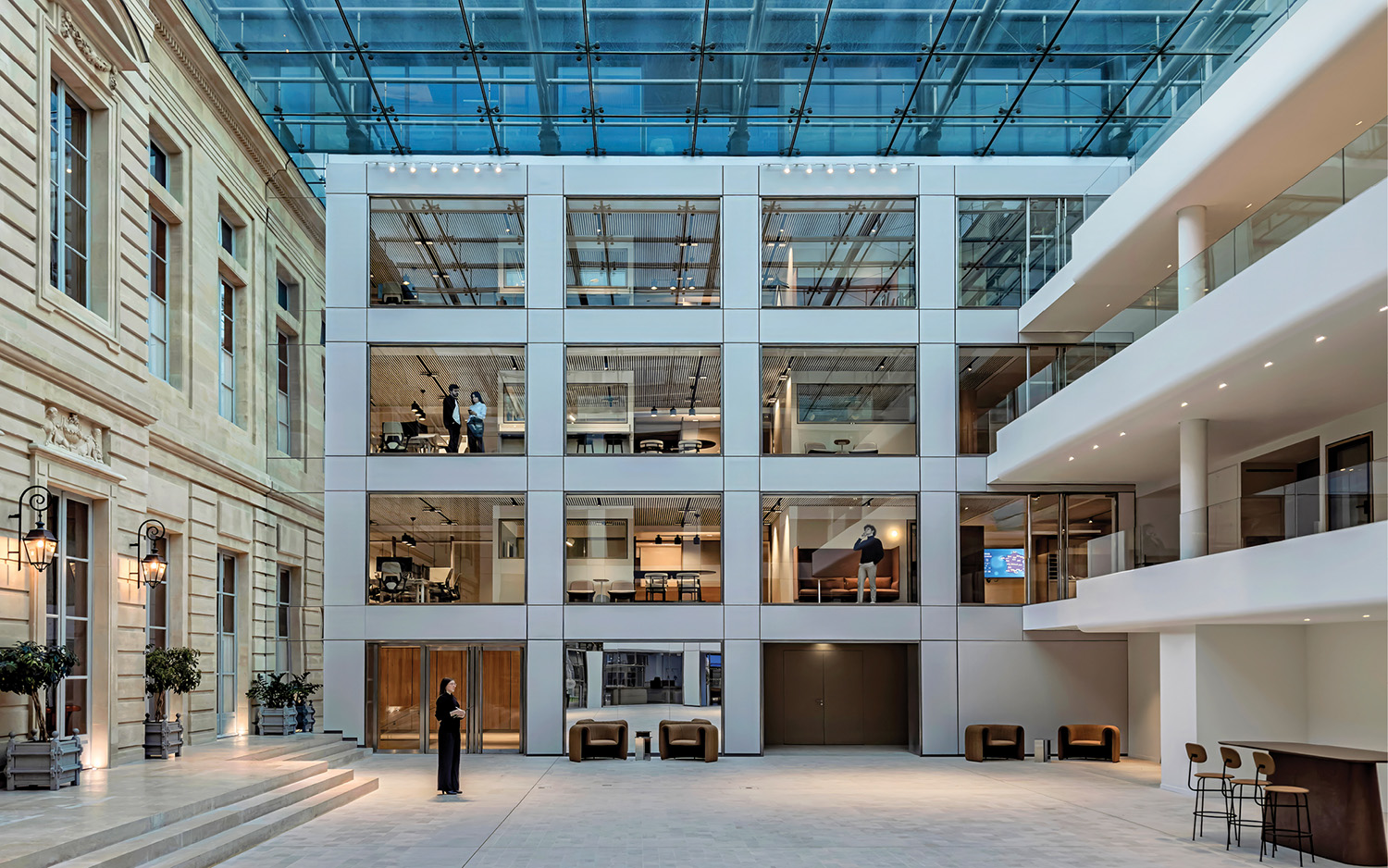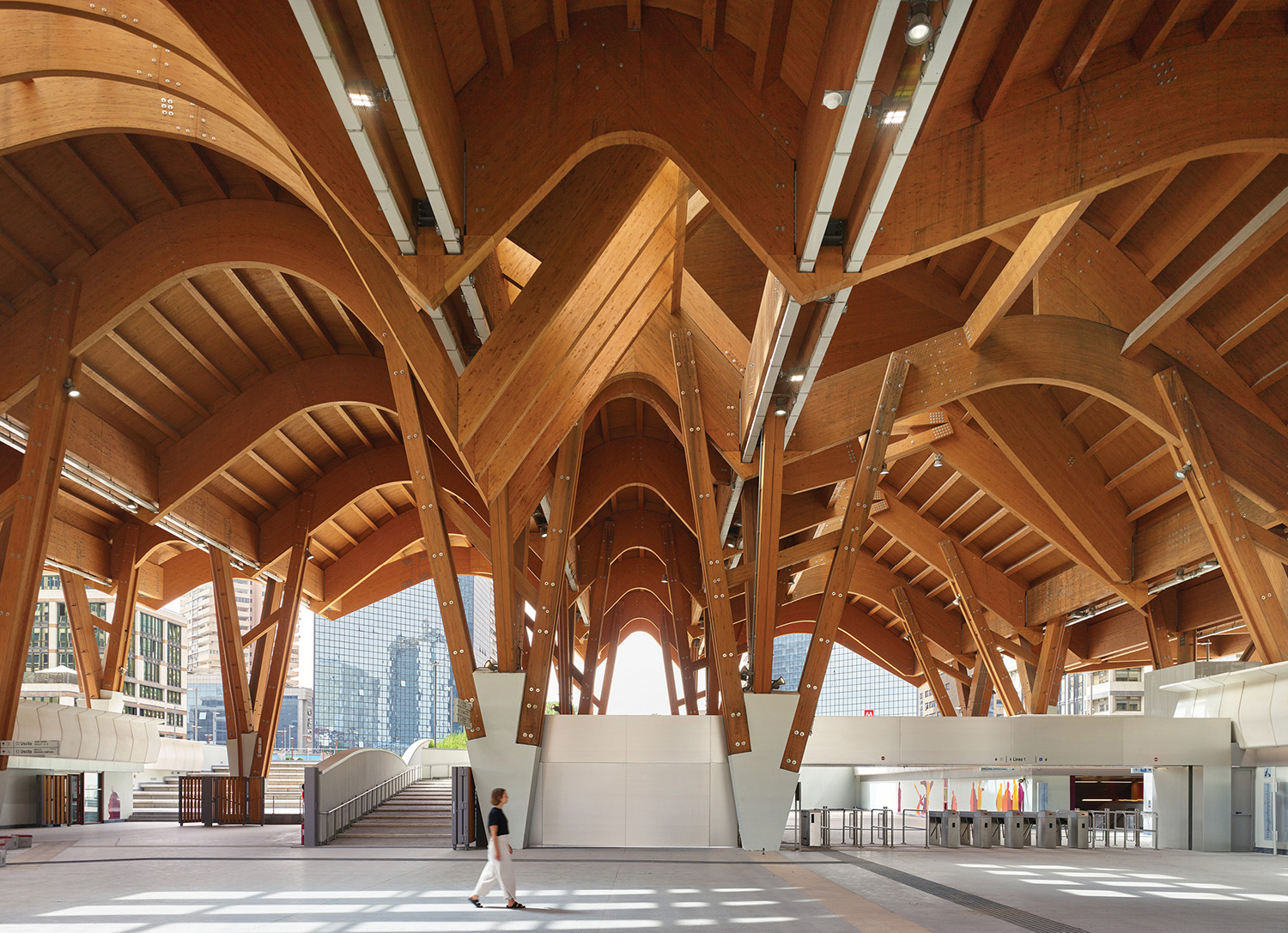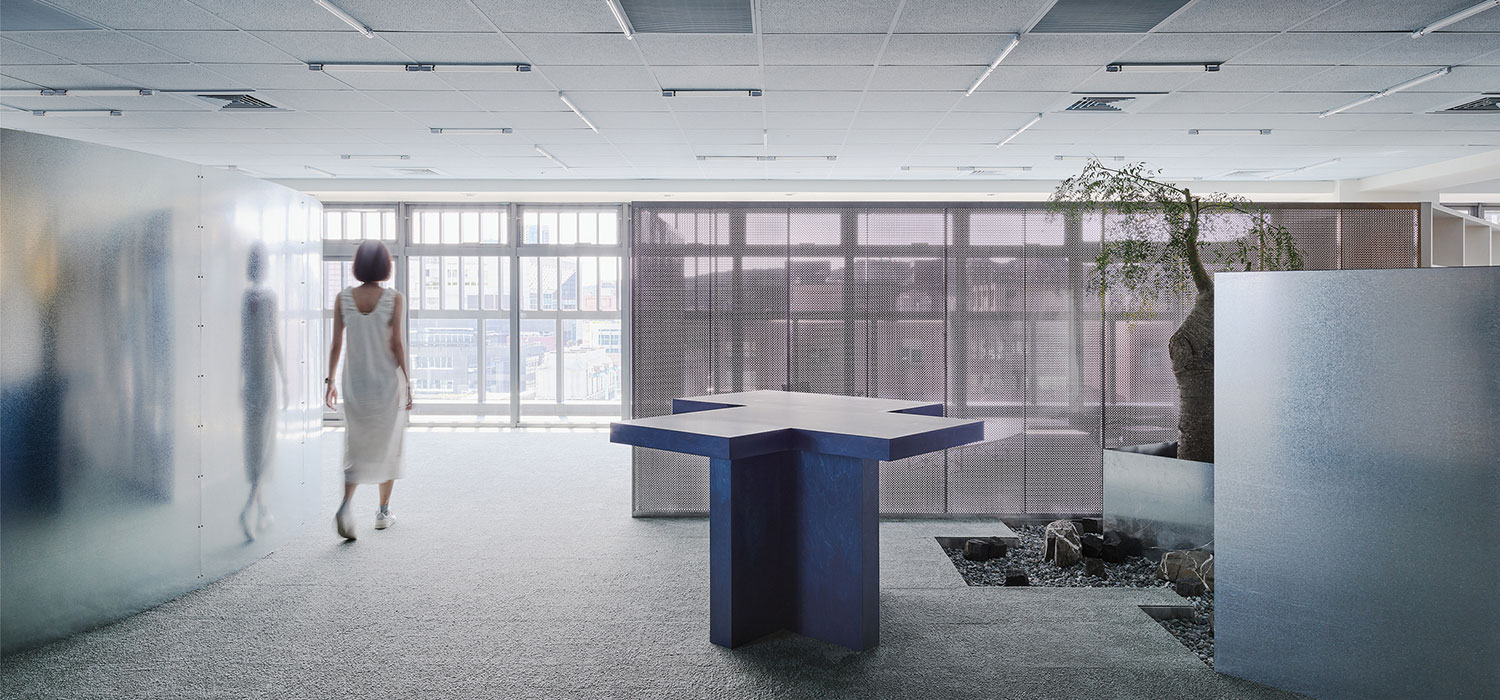Francesc Rifé Studio Reinvents a Farm Compound in Catalonia, Spain

Architecture, interior design, industrial design. They’re all pretty much one and the same to Francesc Rifé, whose eponymous Barcelona studio, founded in 1994, gravitates toward multidisciplinary endeavors. Those interrelated skills certainly came into play when masterminding a recent project: the remodeling of an erstwhile farmhouse compound in the El Vallès region of Spain into a weekend getaway for repeat clients—a job that extended from master planning to architecture to furniture design. “The clients, who have three sons, wanted a retreat for family and friends that would allow them to unplug from their work and urban lifestyle,” Rifé explains. (The homeowners’ primary residence, which his studio also designed, is in nearby Sabadell.) “They were excited by the idea of building something combining traditional architecture with modern features.”

Located about a 30-minute drive northwest of Barcelona, the site
spirals around a stone- and brick-paved courtyard, a configuration akin to an old European town with a central piazza. The main structure is a three-story farmhouse dating to at least the 19th century, albeit modified by decades of adaptations. The parcel also encompasses various outbuildings that were added later, including what’s now a sprawling guesthouse/service annex. There’s also a poolside changing-room structure and a horse stable. The aesthetic of the compound, Rifé says, “is reminiscent of stereotypical Catalonian rural architecture.” All are built of masonry construction, typical of the milieu and the era. Yet the relatively newer guesthouse is painted anthracite
gray “to differentiate it from the
masonry walls with more history,” the designer notes.

Paint is but a small part of the exterior reinvention. The designer’s main feat was devising two steel pergolas that serve to unify the various buildings. One is at the front of the farmhouse, adjacent to the courtyard; the other is at the back, creating a poolside terrace. Establishing a symbolic connection between the buildings—the pergolas don’t actually touch them—the steel members exemplify one of Rifé’s tenets: “Designing through the eyes of history is the most beautiful form of design, and I always prefer to add rather than to change.” There’s no mistaking the mutual respect between the old and the modern here. “This element with a strong 21st-century aesthetic is a new page in the history of the place,” he says.

Inside, the 6,200-square-foot main dwelling was subject to a full-scale renovation. “We essentially maintained the longitudinal structural walls and modified the transverse walls,” Rifé explains. He retained the broad strokes of spatial distribution: living room, dining area, kitchen, and dual points of entry on the first floor; four bedrooms and baths on the second; a loftlike office-family room on the third. But he revamped organization. For example, the original entry became the dining area, and the former kitchen was converted into the living room. Similarly, he retained the second floor’s vaulted stairwell and wide-open central corridor but removed and added walls to create a new layout for the bedrooms. “We also took advantage of some openings in the walls—former doorways—by enclosing them to create wardrobes,” he adds.

The new plan is so logical, it looks as if it’s always been this way. In fact, the entire house appears more or less untouched. Nothing obstructs volumes, vaults, and beams—clearly
assets of the property’s heritage. Existing masonry, ceilings, and stone floors were, for the most part, also left exposed. The exceptions are those instances where elements were previously patched with less-than-stellar matches, such as the living room’s vaulted ceiling and fireplace wall, which were instead whitewashed. Same with the beams and wall in a second-floor reading area and in the office one flight up. Concrete now covers floors in rooms whose original stone was uninteresting, such as the kitchen, laundry, and some bathrooms, while oak planks take over in the bedrooms and stair. Clearly contemporary is the stair’s sheet-iron partition and a chunky block of concrete that provides both visual and subtle spatial separation between the dining area and entry.

Since part of his studio is dedicated exclusively to product design, Rifé always aims to create as much custom furniture as possible for each project. Bespoke pieces here include upholstered lounge chairs, oak beds and headboards, and the long MDF office table lacquered forest green. “We want everything to speak the same language,” Rifé says. Purchases were chosen with that ethos in mind. Note the living room’s stark metal fireplace, akin to a work of sculpture, conversing harmoniously with Lluis Codina’s generous sofa, Miguel Milá’s opal-glass table lamp, and the classic Luminator floor lamp by Achille and Pier Giacomo Castiglioni. The formal dining table, newly restored and painted, was a fortuitous find that came with the house. Meanwhile, the family generally gathers for meals in graceful wood chairs at the kitchen’s stone table, all designed by the studio. Most charming of all, though,
is Rifé’s enviable oak dressing table within the main bath, which has a flip-up mirror. Spanish or Catalan,
all create a rich dialogue.






Project Team:
Sònia Pellicer, Sergio Alfonso, Bruno Benedito, Carlos Fernández Saracibar, Patricia Guridi, Paola Noguera, Mauro Egea, Nuria Pedrós, Stefanos Sideroglou, Jaume Abril: Francesc Rifé Studio. Coblonal: Woodwork, General Contractor.
Product Sources: Heartwood: Flooring (Stair). Dynamobel: Chairs (Dining Area). Santa & Cole: Table Lamp (Living Room), Floor Lamp (Hall), Chandelier (Stair), Pendant (Secondary Dining). Carmenes: Sofa (Living Room), Armchairs (Hall). Hay: Coffee Tables. Flos: Floor Lamp (Living Room). Teixidors: Cushions (Living Room), Blanket, Pillows (Bedroom). Bulthaup: Cabinetry (Kitchen). Gaggenau: Cooktop. Roca: Fittings (Bathroom). JMM: Stools (Bathroom, Office). Vibia: Lamp (Bedroom). Throughout: Minim Barcelona, Matèria Barcelona: Furniture Suppliers.


